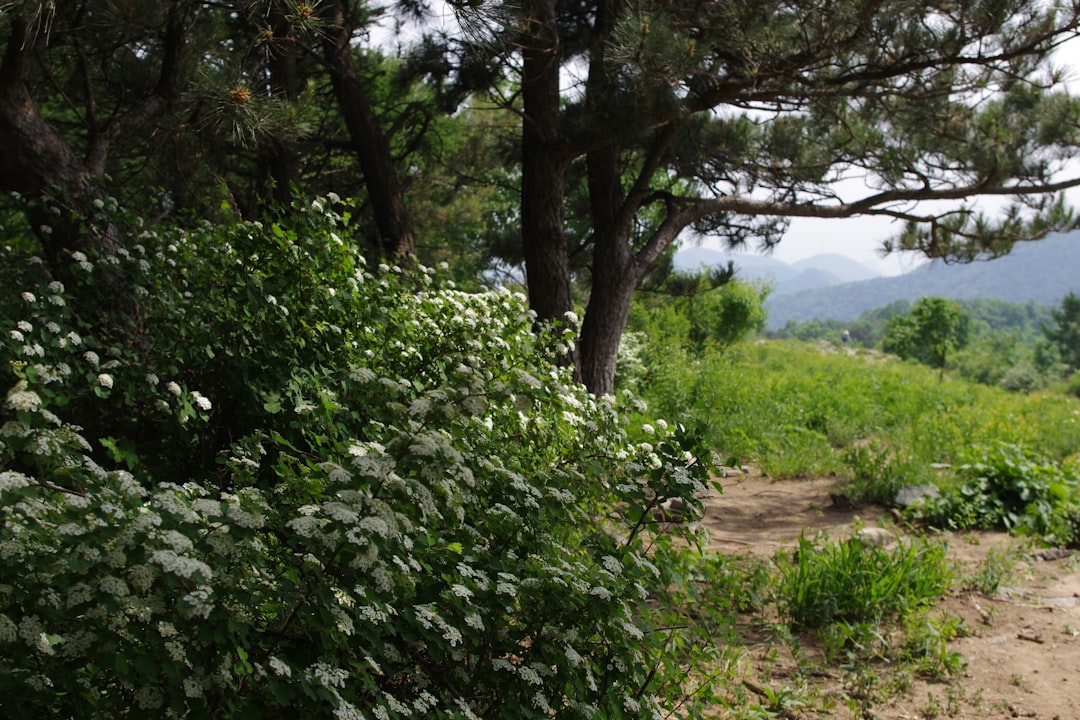Summer Pruning: The 10 Flowering Plants to Leave Alone

When it comes to gardening, especially yard garden care, pruning is an essential task. However, many gardeners make common pruning mistakes, especially during the summer months. One crucial rule to follow is to never prune these 10 flowering plants in summer.
First on the list is the Azalea. Azaleas set their flower buds in late summer and fall. Pruning them in summer can remove these buds, resulting in a lack of blooms the following spring. These beautiful shrubs come in a variety of colors, from vibrant pinks to soft whites, and are a staple in many yards. Their delicate flowers add a touch of elegance to any garden, but only if they are properly cared for.
Next is the Camellia. Similar to azaleas, camellias form their flower buds in the summer. Pruning them during this time can significantly reduce the number of flowers they produce. Camellias are known for their large, showy blooms that can last for several weeks. They are often used as focal points in gardens, and a lack of flowers can be quite disappointing.
The Dogwood is another plant that should be left un - pruned in summer. Dogwoods bloom on old wood, meaning the branches that grew the previous year. Pruning in summer can cut off the potential for next year's blossoms. These trees are famous for their beautiful white or pink flowers that seem to float among the branches in the spring.
Hydrangea macrophylla is a popular choice for many gardens. It sets its flower buds in late summer. If you prune it during the summer, you'll likely miss out on the large, globular flower clusters that make this plant so attractive. Hydrangeas can change color depending on the soil pH, adding an extra element of interest to your yard.
The Lilac is a fragrant favorite. Lilacs bloom on old wood, and summer pruning can remove the buds that would have produced those sweet - smelling flowers. Their purple, pink, or white blossoms are not only beautiful but also fill the air with a delightful scent.
Magnolia trees are magnificent additions to any yard. They form their flower buds in the summer, and pruning at this time can prevent them from blooming. Magnolias are known for their large, waxy flowers that can be quite spectacular.
Peony plants are also on the no - summer - pruning list. Peonies form their flower buds in late summer, and cutting them back during this time can lead to fewer blooms. These large, fluffy flowers are a symbol of romance and prosperity in many cultures.
Rhododendron is similar to azaleas and camellias in that it sets its flower buds in the summer. Pruning in summer can reduce the number of flowers. Rhododendrons come in a wide range of colors and sizes, and their large clusters of flowers can make a bold statement in your garden.
Spirea is a shrub that blooms on old wood. Summer pruning can remove the buds and reduce the flowering. Spirea has delicate, cascading flowers that can add a soft, romantic touch to your yard.
Viburnum is the final plant on our list. Viburnums set their flower buds in the summer, and pruning during this time can affect their blooming. These plants have a variety of flower shapes and colors, and they are often used for hedges or as specimen plants.
By avoiding pruning these 10 flowering plants in summer, you can ensure a beautiful and blooming yard in the coming seasons. Proper yard garden care involves understanding the growth habits of your plants and making informed decisions about pruning. Remember, a little knowledge can go a long way in creating a thriving and beautiful garden.